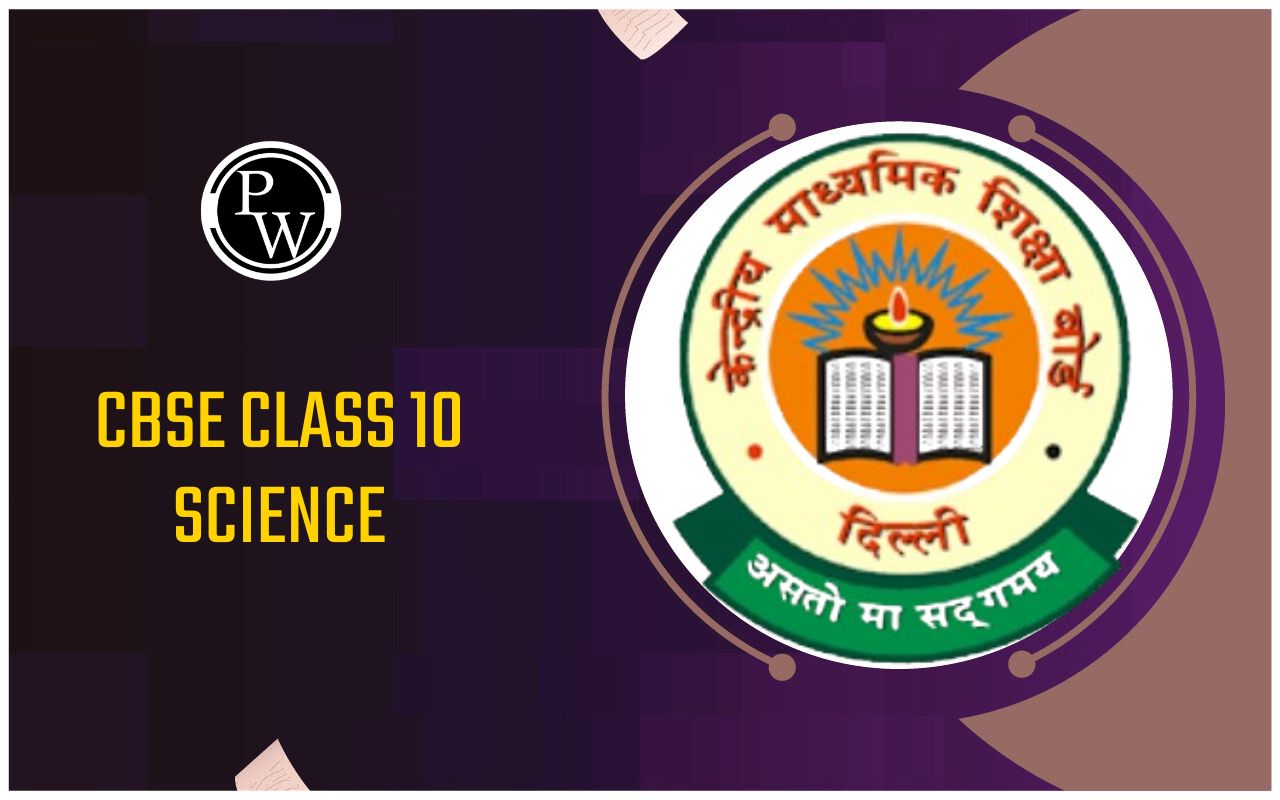

Difference Between AIDS and HIV: Acquired Immunodeficiency Syndrome (AIDS) and Human Immunodeficiency Virus (HIV) are two closely related diseases that have caused significant global health concerns. HIV is the virus that causes AIDS, and understanding the difference between the two is crucial for prevention and treatment.
What is HIV?
HIV is a virus that attacks the immune system, specifically the CD4 cells, which are responsible for fighting off infections. Without treatment, HIV can gradually destroy the immune system and lead to AIDS. HIV is primarily spread through any contact with infected blood, semen, vaginal fluids, or breast milk. This can happen through any sexual contact, sharing of needles, or from mother to child during her pregnancy, or breastfeeding. Symptoms of HIV can vary and may not appear for several years. Some common symptoms include fever, fatigue, swollen lymph nodes, and sore throat. However, these symptoms can also be caused by other illnesses, so it's important to get tested for HIV first.What is AIDS?
AIDS is a disease that develops when the immune system is severely damaged by HIV. At this point, the body is no longer able to fight off infections and illnesses. AIDS is the most advanced stage of HIV infection. Symptoms of AIDS can vary depending on the specific infections or illnesses that a person develops. Some common symptoms include fever, chills, night sweats, weight loss, and chronic diarrhea.Also Check - Difference Between Aestivation And Hibernation
Difference between HIV and AIDS
Differences between HIV and AIDS are often used interchangeably, but they are not the same thing. HIV is a virus that attacks the immune system, while AIDS is a condition that develops as a result of advanced HIV infection. HIV, or human immunodeficiency virus, is a type of virus that attacks the immune system, specifically the CD4 cells, which are responsible for fighting off infections and diseases. It can be transmitted through body fluids such as blood, semen, vaginal fluids, and breast milk. It can be transmitted through sexual contact, sharing needles or syringes, from mother to child during pregnancy, childbirth, or breastfeeding, and rarely, through contact with open sores or wounds. If left untreated, HIV can gradually weaken the immune system, making it difficult for the body to fight off infections and diseases. This can lead to opportunistic infections and cancers, which can be life-threatening. However, with proper treatment and care, people with HIV can live long and healthy lives.Also Check - Difference Between Adaptation And Mitigation
Symptoms of HIV and AIDS
AIDS, or acquired immunodeficiency syndrome, is a condition that develops as a result of advanced HIV infection. AIDS is diagnosed when a person with HIV has a CD4 cell count below 200 cells/mm3, or when they develop an opportunistic infection or cancer. AIDS can also be diagnosed if a person with HIV develops a specific type of cancer called Kaposi’s sarcoma. AIDS weakens the immune system even further, making it difficult for the body to fight off infections and diseases. This can lead to a range of symptoms such as fever, night sweats, weight loss, fatigue, and swollen lymph nodes. Without treatment, AIDS can be life-threatening.Also Check - Difference Between Active And Passive Immunity
Common Misconceptions about HIV and AIDS
There are many misconceptions surrounding HIV and AIDS that can contribute to the spread of these diseases.- Only certain groups of people are at risk for HIV: In reality, anyone can become infected with HIV regardless of their age, gender, sexual orientation, or race.
- HIV can be transmitted through casual contact: HIV cannot be spread through casual contact such as shaking hands, hugging, or using public restrooms.
- AIDS- a death: While there is still no cure for AIDS, with proper treatment and care, patients with HIV can live long and healthy lives.
- HIV can be cured by alternative therapies: There is no scientific evidence to support the effectiveness of alternative therapies for treating HIV or AIDS.
- HIV testing is invasive and painful: HIV testing is a simple and painless process that typically involves a blood test or a swab of the inside of the cheek.
Also Check - Difference Between 70s And 80s Ribosomes
Preventions of HIV and AIDS
The best way to prevent HIV and AIDS is to take preventative measures such as:- Using condoms during sexual activity
- Avoiding sharing needles or syringes
- Getting tested for HIV regularly
- Taking pre-exposure prophylaxis (PrEP) medication for those at high risk of contracting HIV
- Taking antiretroviral therapy (ART) medication for those living with HIV to control the virus and prevent progression to AIDS
- Getting regular healthcare check-ups and vaccinations to prevent other illnesses and infections that can be dangerous for those with HIV or AIDS
Difference between HIV and AIDS FAQs
Can HIV be transmitted through the mouth?
No, HIV cannot be transmitted through the mouth, as long as there are no open sores or cuts in the mouth.
Can HIV be transmitted through mosquito bites?
No, HIV cannot be transmitted through mosquito bites, as HIV cannot survive in insects.
Is there a cure for HIV or AIDS?
There is no cure for HIV or AIDS, but with proper treatment, people infected with HIV can live long and healthy lives.
Is it safe to have children if you have HIV?
Yes, it is possible for patients with HIV to have children without transmitting the virus to their children. With proper medical care and treatment, the risk of transmitting HIV to a child can be greatly reduced.
🔥 Trending Blogs
Talk to a counsellorHave doubts? Our support team will be happy to assist you!

Check out these Related Articles
Free Learning Resources
PW Books
Notes (Class 10-12)
PW Study Materials
Notes (Class 6-9)
Ncert Solutions
Govt Exams
Class 6th to 12th Online Courses
Govt Job Exams Courses
UPSC Coaching
Defence Exam Coaching
Gate Exam Coaching
Other Exams
Know about Physics Wallah
Physics Wallah is an Indian edtech platform that provides accessible & comprehensive learning experiences to students from Class 6th to postgraduate level. We also provide extensive NCERT solutions, sample paper, NEET, JEE Mains, BITSAT previous year papers & more such resources to students. Physics Wallah also caters to over 3.5 million registered students and over 78 lakh+ Youtube subscribers with 4.8 rating on its app.
We Stand Out because
We provide students with intensive courses with India’s qualified & experienced faculties & mentors. PW strives to make the learning experience comprehensive and accessible for students of all sections of society. We believe in empowering every single student who couldn't dream of a good career in engineering and medical field earlier.
Our Key Focus Areas
Physics Wallah's main focus is to make the learning experience as economical as possible for all students. With our affordable courses like Lakshya, Udaan and Arjuna and many others, we have been able to provide a platform for lakhs of aspirants. From providing Chemistry, Maths, Physics formula to giving e-books of eminent authors like RD Sharma, RS Aggarwal and Lakhmir Singh, PW focuses on every single student's need for preparation.
What Makes Us Different
Physics Wallah strives to develop a comprehensive pedagogical structure for students, where they get a state-of-the-art learning experience with study material and resources. Apart from catering students preparing for JEE Mains and NEET, PW also provides study material for each state board like Uttar Pradesh, Bihar, and others
Copyright © 2025 Physicswallah Limited All rights reserved.
Get App











